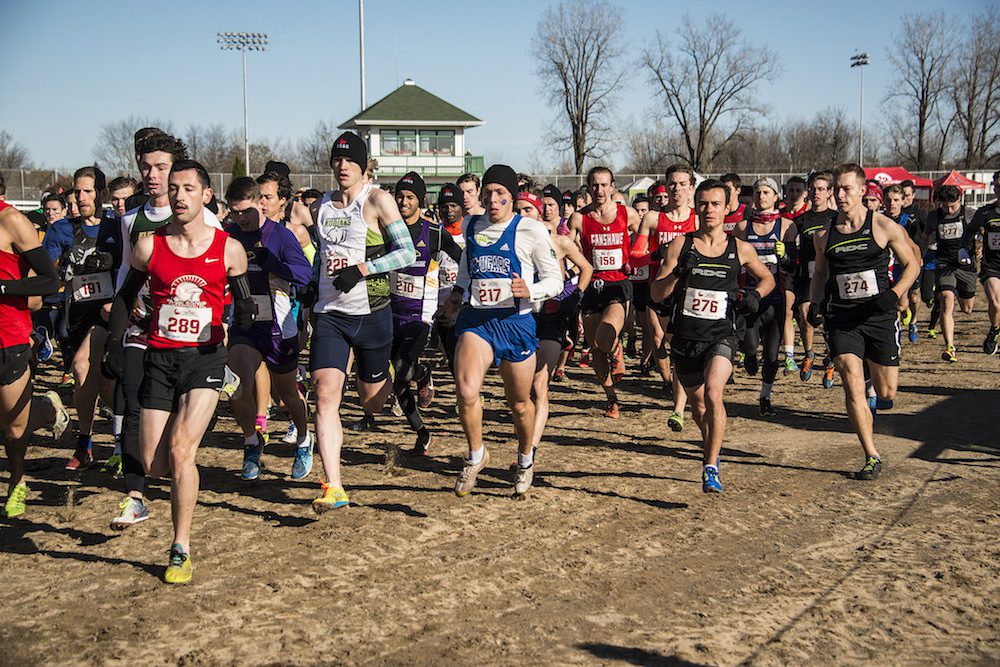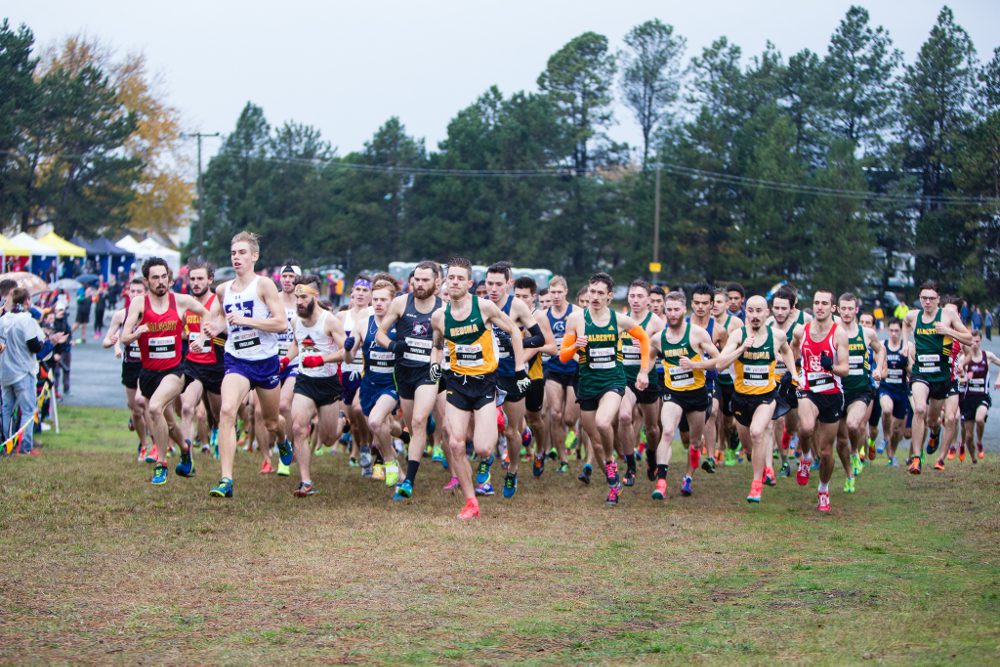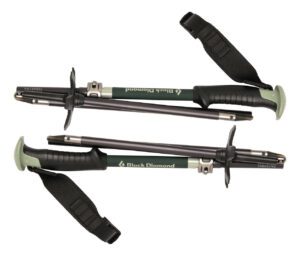New tool to assess RED-S in males
Researchers in the U.K. have developed a new sport-specific questionnaire and clinical interview protocol to assess relative energy deficiency (RED-S) in male athletes


RED-S, or relative energy deficiency in sport is a problem for competitive runners of all ages, and has serious implications for bone health (leading to stress fractures and osteoporosis), as well as reproductive health and athletic performance. As awareness of the phenomenon grows, athletes, coaches and parents must become better able to recognize the signs in male as well as female athletes. Luckily, new tools are being developed to diagnose RED-S.
RELATED: Are you at risk for RED-S?
new OPEN ACCESS paper by @nickyKfitness et al. on a validated questionnaire to access low energy availability in male road cyclists (called SEAQ-I), see here: https://t.co/5TTOVzlHZQ
— Trent Stellingwerff (@TStellingwerff) October 9, 2018
Though not yet widely available, researchers at the universities of Durham and London in the U.K. have developed and tested a new sport-specific questionnaire and interview protocol (SEAQ-I) for assessing RED-S in male athletes, similar to the LEAF questionnaire for female athletes.

In a study of cyclists using the new tools, 28 per cent were found to have low energy availability. The study also found that 44 per cent had low bone mineral density of the lumbar spine, RED-S was associated with fat loss, and the athletes with chronic RED-S had lower levels of both testosterone and vitamin D than those with adequate energy availability. The protocol was therefore found to be effective at diagnosing RED-S in males.


